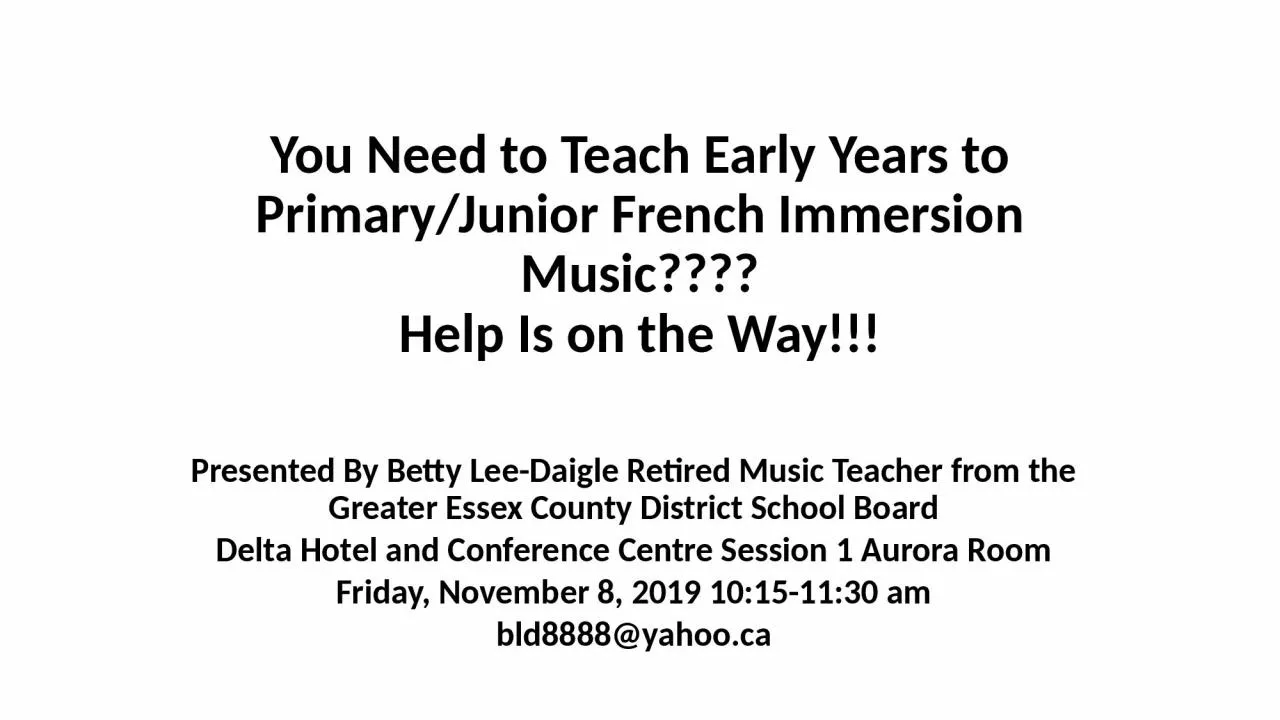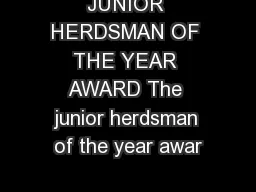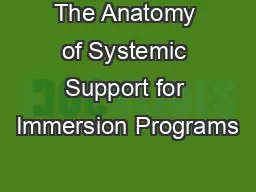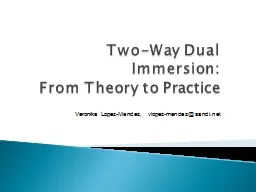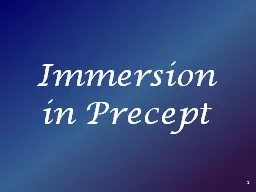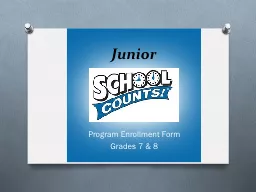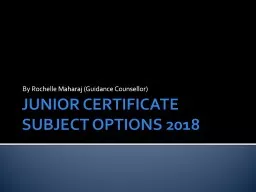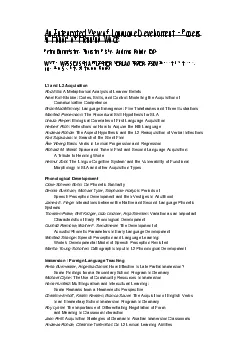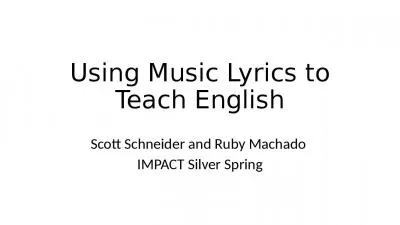PPT-You Need to Teach Early Years to Primary/Junior French Immersion Music????
Author : Lionheart | Published Date : 2022-08-04
Help Is on the Way Presented By Betty LeeDaigle Retired Music Teacher from the Greater Essex County District School Board Delta Hotel and Conference Centre Session
Presentation Embed Code
Download Presentation
Download Presentation The PPT/PDF document "You Need to Teach Early Years to Primary..." is the property of its rightful owner. Permission is granted to download and print the materials on this website for personal, non-commercial use only, and to display it on your personal computer provided you do not modify the materials and that you retain all copyright notices contained in the materials. By downloading content from our website, you accept the terms of this agreement.
You Need to Teach Early Years to Primary/Junior French Immersion Music????: Transcript
Download Rules Of Document
"You Need to Teach Early Years to Primary/Junior French Immersion Music????"The content belongs to its owner. You may download and print it for personal use, without modification, and keep all copyright notices. By downloading, you agree to these terms.
Related Documents

